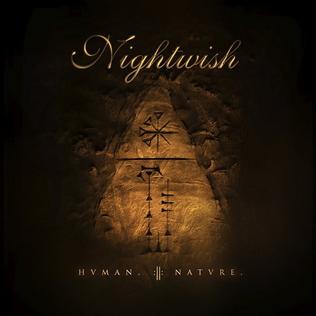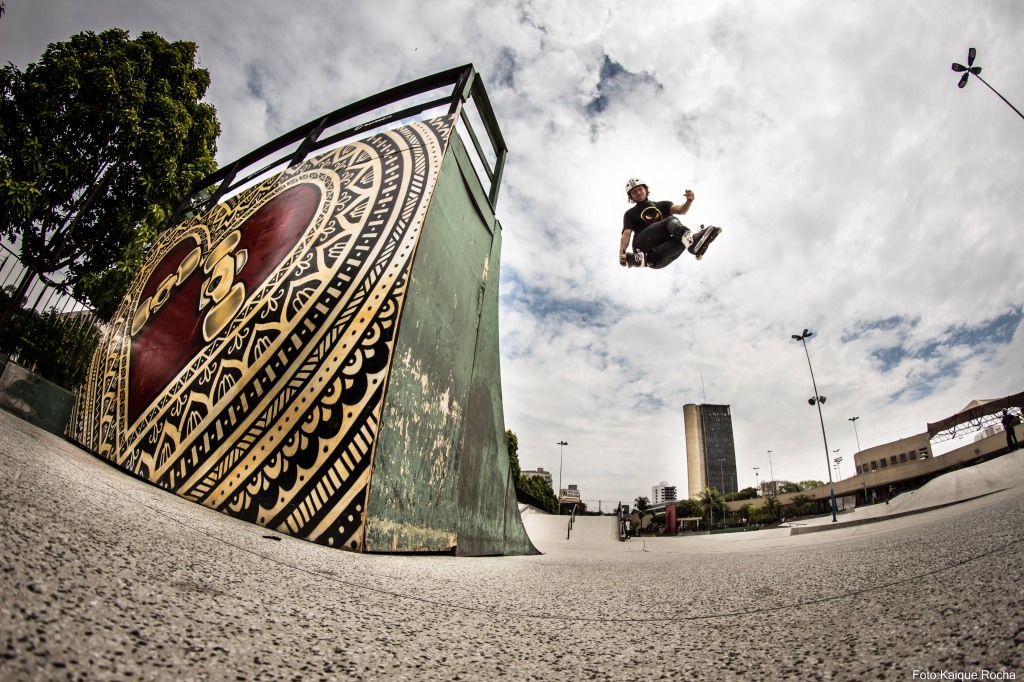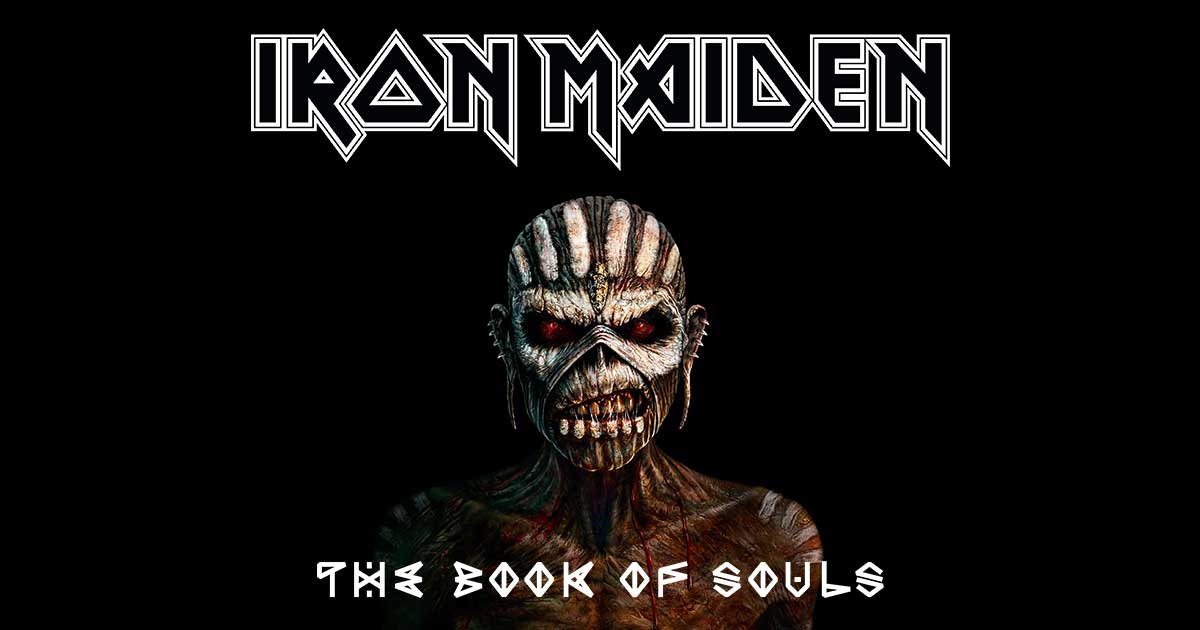I kind of have this musical habit…well, “habit” is kind of disconcerting. Think of it as a productive (wallet damaging) obsession. Or, since we’re so obsessed with buzzwords, think of it as I like to “binge” listen to “insane” and “shocking” music. All jokes aside, I become obsessed whatever musical style strikes my fancy. This results in a ridiculous excavation into said subject, its history, its influences, its roots. One week, I may find jazz to be utterly enticing, another week, hip hop. Shit, I was so deep into gothic metal at one point, I had to step back because, shit, that style is so damn depressing. Okay, I digress. My current victim is thrash metal! Yes, there will be some Big 4 in this list so don’t complain when Master of Puppets — you already know this thing is going to be there — shows its ugly face. Also, this is all subjective to my personal taste. Don’t go all metalhead on me when Overkill’s discography is neglected. It ain’t gonna happen. Okay, let’s go!
10. Slayer (Seasons In The Abyss)
Oh, look at that! I’m such a tease. Seasons is the culmination and maturity of Slayer’s sound, as influential as it is brutal. There is everything “thrash” in this record, from the explosive, hellish nightmare anthem, “War Ensemble,” to the crunchy and overwhelmingly haunting “Dead Skin Mask.” Yet, what separates this album from, let’s say, Reign in Blood, is atmosphere. Songwriting wise, Slayer previously leaned on repetitive structures, going for all out brutality and instrumental madness. South of Heaven, meanwhile, delved into atmospheric territory, but lacked variety, serving as a brake pump rather than a sound realization. Here, however, Slayer thickened the production, added some melody, and gave the reigns to Hanneman and Lombardo. That double kick never gets old. This record is sonic violence in its most primitive form.
9. Anthrax (Among the Living)
Ugh, I know, that’s two Big 4 bands in a row. You can’t deny that Anthrax deserves recognition for their punk infused, in-your-face — yep, get ready for the oxymorons — thrashing. Enhancing Metallica’s Bay Area output, these east coasters hit metaldom with a ferocity unheard of in the scene. It all started with Spreading the Disease, a hybrid strain of thrash and punk, intensified by one of metal’s most overlooked vocalists, Joey Belladonna. Among the Living is both their breakout and seminal production. The record itself is defined by sophomore hit, “Caught in a Mosh.” As soon as that bass hits, brains start beating against skulls. This is an album every headbanger should own, if not for its unbelievable rhythm section, then its general kickassness. A shout out to The Big 4’s redheaded step child.
8. Sodom (Agent Orange)
Aside from Dark Angel, American thrash never quite reached eleven on the insanity amp. Sure, there was plenty of chug riffing and speedy skank beating to go around, but when it came down to pure, violent aggression and speed, Germany — who else? — had to pick up the slack. Apart of the prestigious, “Teutonic Thrash,” club, Sodom broke in the eighties with Agent Orange, an absolute brutal listen touting socially aware lyrics and breakneck speed Say it to yourself: Teutonic Thrash. It’s so metal! Anyways, this album separated itself from the pack through its unique approach to the thrash formula, taking the most extreme path, but never losing its melodic sensibility. The band would go on to pump out classics like M16 and Code Red, but their peak stood within the awesome cover image of Agent Orange.
7. Sepultura (Beneath the Remains)
This is the band that put Brazil — and South America in general — on the metal map. It’s truly a shame how overlooked they are, considering the influence of Beneath the Remains and their follow up, Arise. Shit, Sepultura not only enhanced the thrash movement, but, to metaldom’s overwhelming disappointment, contributed to Nu-metal’s appearance with Roots. However, we, at Reviews From The Other Side, will let that slide. We’ll say they innovated a genre, which, is all together, a good thing. Back to Beneath the Remains; the LP offered a plethora of musical exploration that pushed thrash beyond sheer brutality. Yet, there was still plenty of thrashery, no-nonsense riffage, and thundering rhythm. The record’s sonic beratement still holds up today. And, when you think of metal in South America, who is the first name to appear? That’s right, Sepultura. Oh, and is it safe to say, Beneath the Remains has the best album art?
6. Testament (The Legacy)
To say Testament does not belong in the Big 4 would be an insult to their namesake. “Over the Wall,” “Do or Die,” and “First Strike is Deadly,” have done more for thrash than long hair and blue jean jackets. The album’s non-stop, sonic violence is quintessential to the bay area scene, featuring one of metal’s most dominating, yet overlooked, guitar/vocalist combo. For, reference, listen to “First Strike is Deadly.” Chuch Billy’s scream in the track’s conclusion rivals that of Chuck Schuldiner and Mikael Akerfeldt, and I say that with confidence. The Legacy, as a whole, brought neoclassical guitars to thrash, and pushed the subgenre into more technical territory. Alex Skolnick…that’s all I need to say.
5. Celtic Frost (To Mega Therion)
“Ugh,” “Hey!” – Tom G. Warrior
Maybe not the best from a technical standpoint, but influential nonetheless, Celtic Frost laid the foundation of black and death metal with To Mega Therion, fusing hard hitting, punk-infused riffs with dark, and often evil lyrics. There are even symphonic elements in tracks like “Innocence and Wrath” and “Dawn of the Meggido.” Within the album’s roots is a strong understanding of face smashing thrash. “Circle of the Tyrants” does its best to bring black metal into play, and does so without deviating from the patented Frost sound; you know, the riding beats/riffs and gruff vocals from the Tom G. Warrior. This record is, hands down, one of Europe’s finest metal releases.
4. Slayer (Reign In Blood)
As soon as “Angel of Death[‘s]” opening riff leads into Lombardo’s trademark double kick, there is no question that this is the pinnacle of American thrash. No question, the pinnacle. Reign in Blood is one of those records that opens and closes on the perfect note. I still get goosebumps throughout the entirety of “Postmortem/Raining Blood,” with its gorgeously brutal atmosphere and overall, blackened feel. Yep, I’m being a cliche metalhead here. If the middle had more variation, we’d have our number one thrash record, but in this case, we need to call a spade a spade. Most of the middle tracks, although nonstop in their monstrocity, lean a little too far on the repetitive side. That doesn’t discredit the scope of Slayer’s vision, however. They most definitely succeeded in creating one of the fastest, most brutal musical explorations in history. Reign in Blood has influenced countless metal bands since its inception and that cannot be ignored.
3. Metallica (Ride the Lightning)
Oh, Ride the Lightning. I was torn between this, …And Justice for All, and Master of Puppets being number three, but we all know where the latter album resides; no spoilers there. Anyways, Ride the Lightning is the LP that put Metallica on the map, featuring live and classic staples such as “Creeping Death,” “Fade to Black,” “Call of Cthulu,” and “For Whom the Bell Tolls.” These four tracks are not only Metallica benchmarks, but benchmarks for heavy music in general. Cliff Burton, James Hetfield, Kirk Hammet, and Lars Ulrich were at the top of their game, and it shows in “Fight Fire With Fire” and “For Whom the Bell Tolls” where each instrument pulls heads directly into the floorboards. They’re that heavy. Don’t believe me? Crank up Cliff Burton’s solo in “For Whom the Bell Tolls,” and you’ll have to change your pants before the guitars even come in.
2. Kreator (Pleasure to Kill)
Get ready for a trip. This album starts bloody and closes with a fucking massacre. Kreator’s second LP, hailed a death metal pioneer record, is as brutal and fast as they come, and I mean that lightly. Little melody, sheer brutality, you won’t find any power ballads or slow tempo tracks on Pleasure to Kill because, let’s face it, how can songs like “Ripping Corpse” and the title track be anything but mayhem. Fuck, look at those titles! So, in other words, Pleasure to Kill is a niche listen, appealing to extreme metal heads in search of something a little more morbid than the American metal scene. With this record, the band cemented a plaque stating they are the creators, not the imitators of musical extremity. What else can I say? It would be foolish not to give Pleasure to Kill the number two spot, if not for its influence, then its absolute insanity.
1. Metallica (Master of Puppets)
Thank you, Metallica, for saving heavy music from the spandex starletts. Thank you, Metallica, for bringing denim, leather, and black into the scene. And, my God, thank you for bringing melody into extreme songwriting. Master of Puppets is the quintessential thrash LP from the eighties, a benchmark of songwriting, rhythm, and melody. I mean, who doesn’t lean on this record when learning heavy guitar? Sure, Ride the Lightening had the perfect, “Fade to Black,” Hammett solo, but the intro riff in “Master of Puppets” stands as the thrash riff to learn. On the other side, Lars Ulrich gets a lot of flak — courtesy of his love for trash can lids and ruining wallets — but his performances on “Battery,” “Master of Puppets,” “Sanitarium,” and “Orion,” stand up to his fellow speed artists. This is the final Metallica record featuring bassist, Cliff Burton, and almost feels prophetic at times, especially during the slower section of “Orion.” Without a doubt, Master of Puppets is the best — well, personal favorite — thrash record…ever.
Honorable Mentions
In all honesty, I just didn’t want to write another thousand fucking words and make this a top 20 list. So, here are more nominations (in no order).
Megadeth (Rust in Peace), Overkill (The Years of Decay), Exodus (Bonded In Blood), Kreator (Coma of Souls), Sodom (M16), Testament (The New Order), Dark Angel (Darkness Descends)
Disclaimer: All rights, property, and content of the featured image belong to the artist. Image found at https://fanart.tv/artist/05106775-5d45-4131-aecc-1177f813ba11/testament/. I have, in no way, used said image for profit. If the artist wishes for the image to be removed for any reason, feel free to contact me.



















